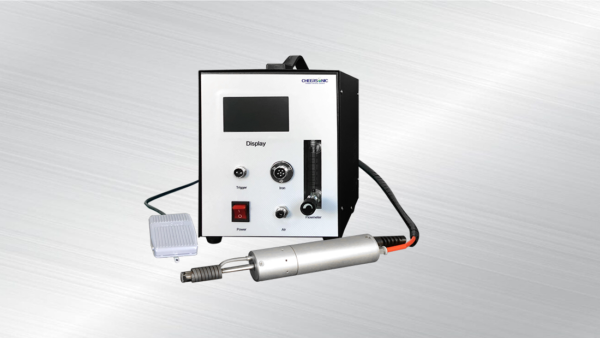Ultrasonic Welding Sensor
Ultrasonic soldering iron welding sensor technology is a magical process that can connect metals, ceramics, carbon, carbides, and semiconductors together, making sensor assembly and shell connection easier.
So, what are its principles and application scenarios? In fact, ultrasonic welding of alloys mainly utilizes the vibration energy of ultrasonic waves to weld materials such as metals and ceramics together. This process can not only be used for magnetic flux free connection between electrical signal leads and sensor components, but also for connecting bimetallic, ceramic metal, active ceramic, and passive ceramic components together.
In addition, ultrasonic soldering irons can also connect silicon to metals and ceramics as sensors for measuring deflection in strain and pressure sensor applications. In addition, ultrasonic soldering iron has successfully connected many piezoelectric materials, such as barium titanate, bismuth ferrite, lanthanum silicate, lead tantalate, and lead zirconate titanate, to make effective active ceramic sensor components.

